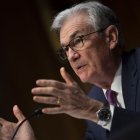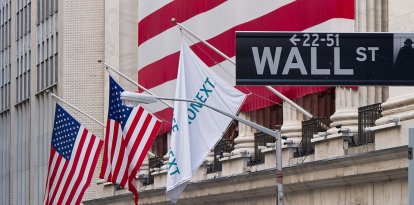Bidenomics: unemployment rose to 4.3% in July, the highest rate since 2021
The number of people out of work reaches 7.2 million after rising by 352,000 people while only 114,000 new jobs were created, well below the expected number.

Workers in New York.
U.S. unemployment rose to 4.3% in July, the highest figure since October 2021. The data is worse than expected and increase by 0.2% from the result recorded a month earlier. This is a slam to the Biden-Harris Administration just three months before the elections and once again highlights the weakness of its economic policies, known as Bidenomics. This indicator is also of concern to the Federal Reserve at a time when it is still considering a possible rate cut in September.
Data significantly worse than in 2023
According to data released by the Labor Department, last month barely 114,000 jobs were created, compared to 179,000 the previous month. Moreover, the latter figure had been revised downward from the 206,000 new jobs announced in June. In a statement, the agency noted that "employment continued to increase in the health care, construction, transportation and warehousing sectors, while information lost jobs."
The Labor Department noted that "the number of people out of work increased by 352,000 to 7.2 million." This is much higher than the same month last year, when the unemployment rate was 3.5 percent and the number of unemployed was 5.9 million.

Economy
Powell highlights cooling labor market as sign that rate cuts could be near
Verónica Silveri Pazos
Black and Hispanic workers, the hardest hit by unemployment
Among the major groups of workers, the unemployment rates for adult men (4 percent) and whites (3.8 percent) increased in July. The unemployment rates for adult women (3.8 percent), teenagers (12.4 percent), blacks (6.3 percent), Asians (3.7 percent) and Hispanics (5.3 percent) were little changed over the month.
Among the unemployed, the number of people on temporary layoff increased by 249,000 to 1.1 million in July. The number of permanently unemployed was little changed at 1.7 million.
Feds concerned about labor market situation
Powell noted that "wage growth has slowed over the past year" and emphasized that "the unemployment rate has risen but remains low," while "significant job creation over the past two years has been accompanied by an increase in the supply of workers, reflecting an increase in participation among people aged 25 to 54 and a sustained rate of immigration."
RECOMMENDATION





















